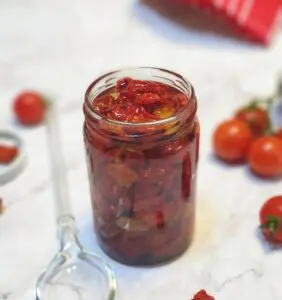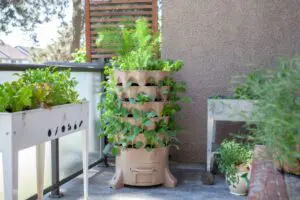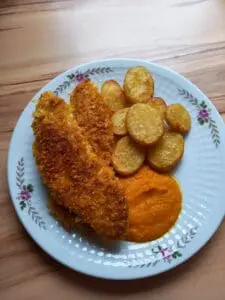A traditional Australian favourite yet rarely seen on restaurant menus, the humble backyard choko is experiencing a resurgence. No-one is surprised.
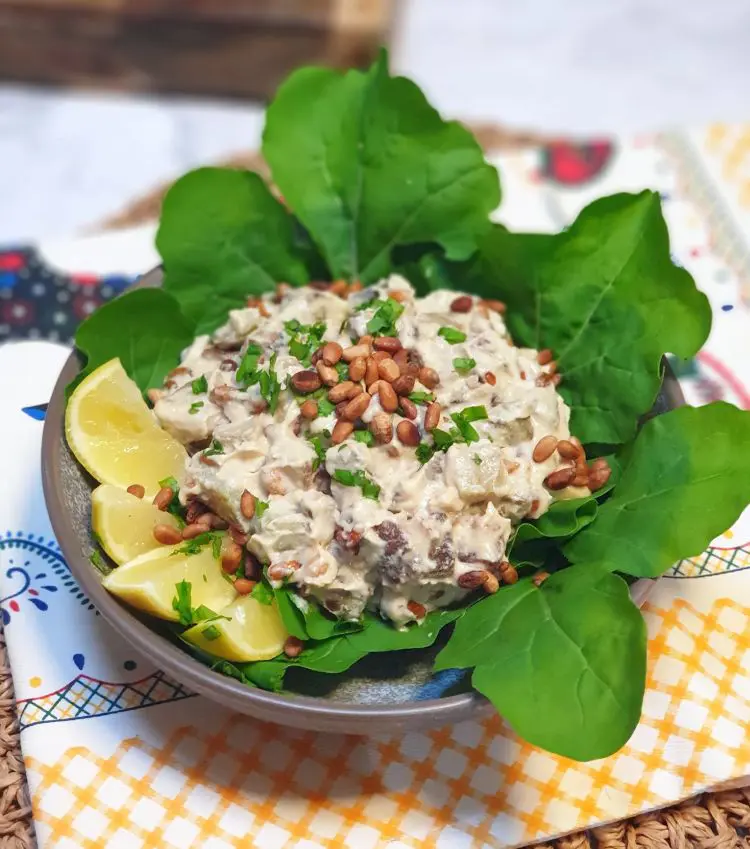
This classic vegetable is at once unique, nutritious and filling. Its mild, buttery flavour means it can be adapted to a wide variety of sweet and savoury dishes (apple pie with choko, anyone?), and it has excellent bulk food value. Chokos promote digestive health & immune function, are rich in vitamins and minerals, plus they’re low-calorie & low-carb; what’s not to love?!
Here, we put together a quick vegetarian choko salad or side dish that’s delicious and easy to make. Ideal as a side on a bbq or Xmas table, scrumptious in a vegan wrap, or a perfect complement to steak & chips, choko & roast pine nut side salad can also be a vegetarian main meal. In this case, you can bulk the meal out with a pulse or grain of your choice. Chick peas, lentils, beans, rice or pasta will all work well. To turn this choko & roast pine nut salad into a vegan dish, simply substitute the butter with 2 tablespoons of oil.
Here’s How to Make It
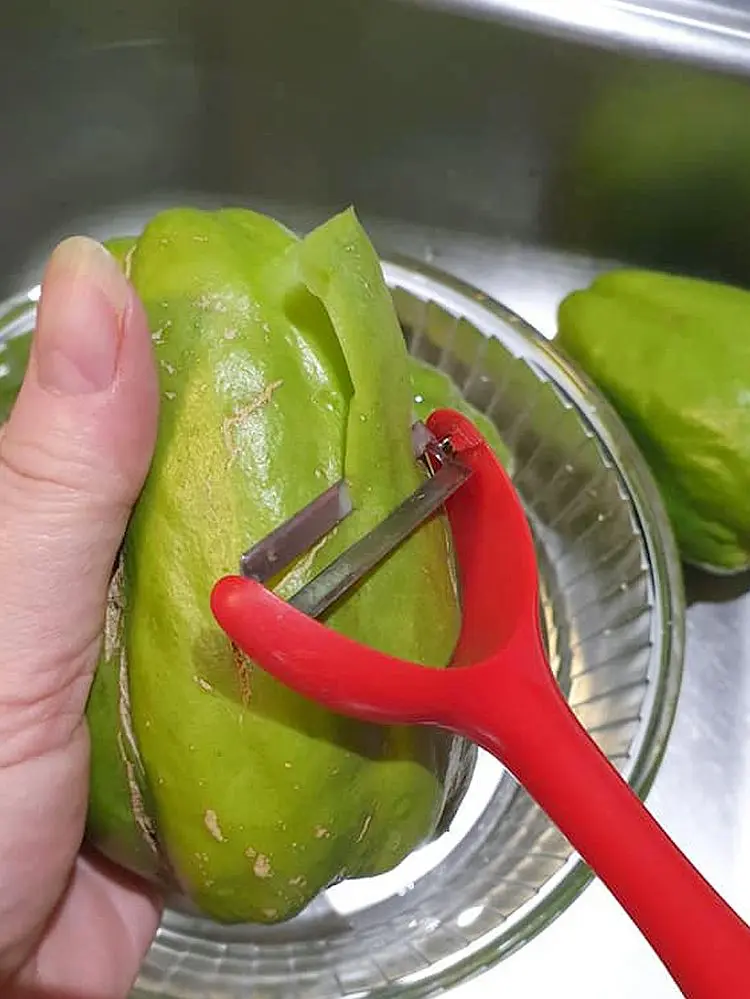
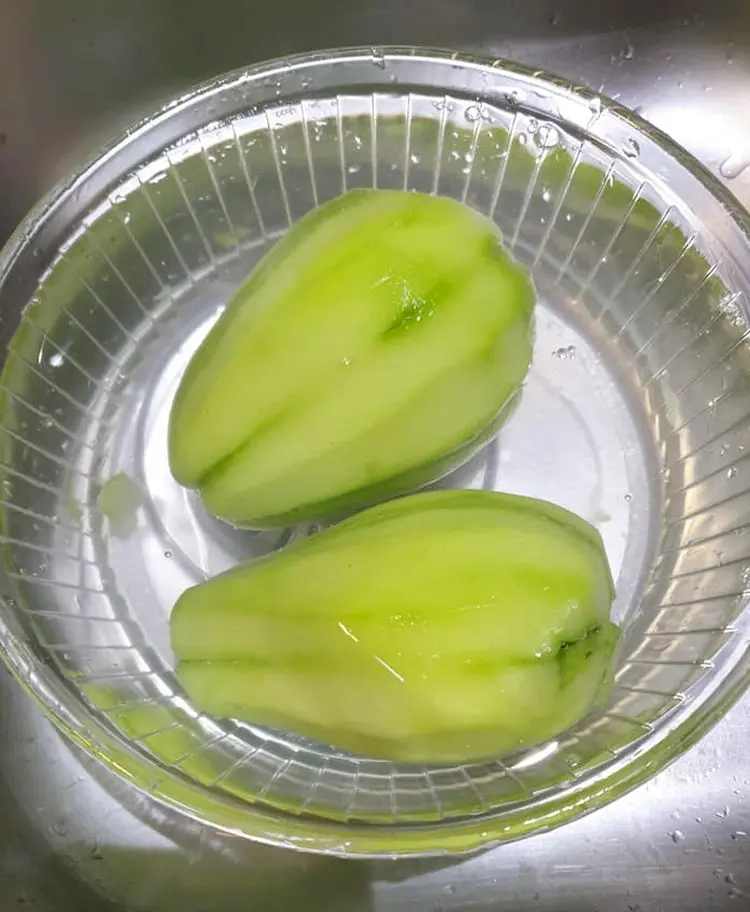
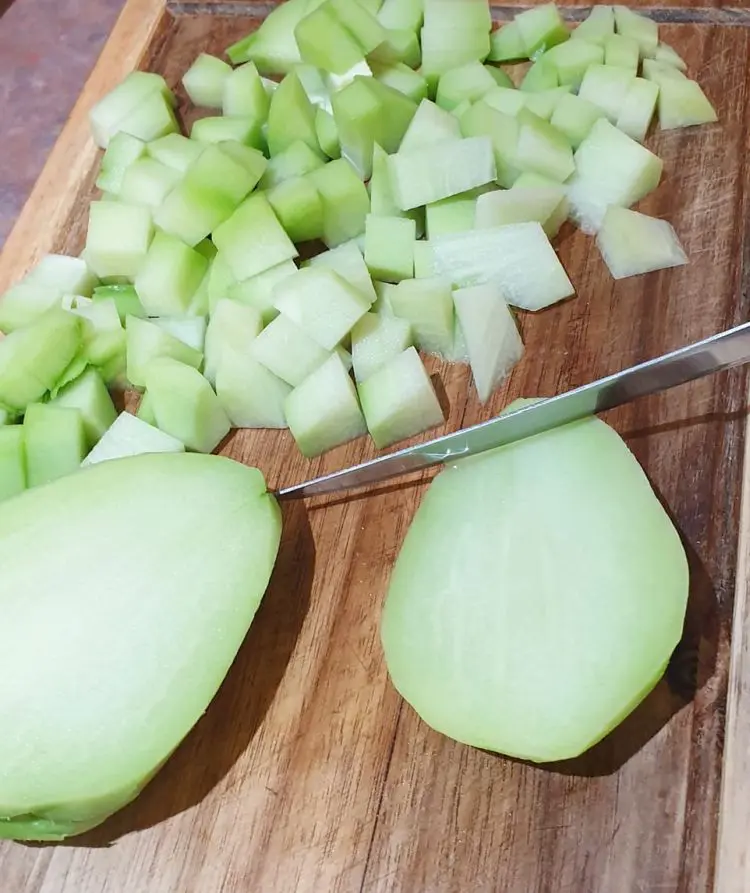
Peel then chop the chokos. Discard the seeds; although the seeds are edible, I’ve left them out of this recipe due to the difference in texture. Note that the sap in choko skin can be drying or irritating to the skin, so wearing gloves while peeling &/or dipping the chokos in a bowl of water several times while peeling is a good idea.
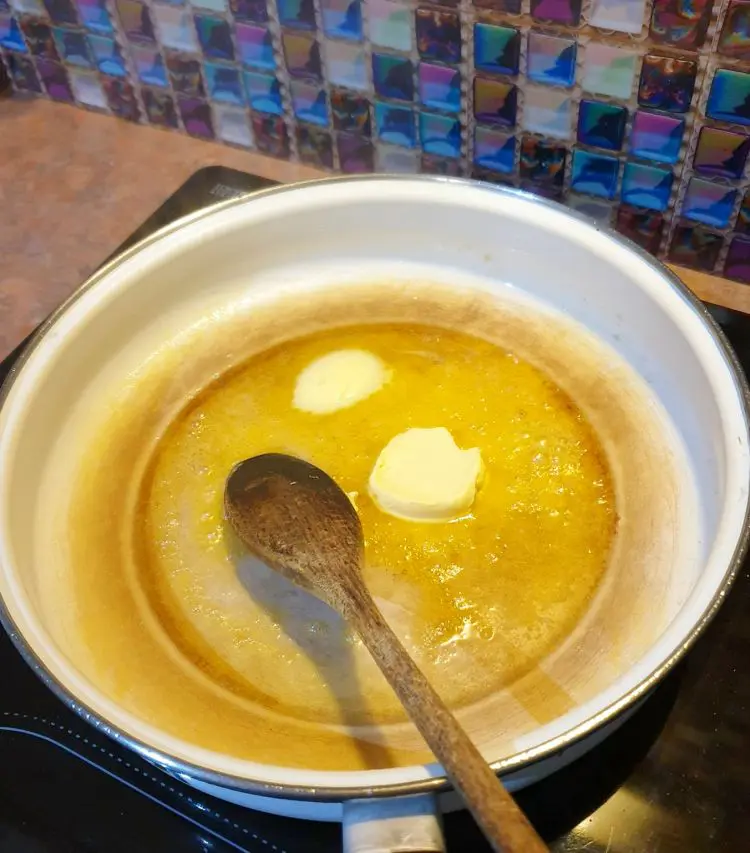
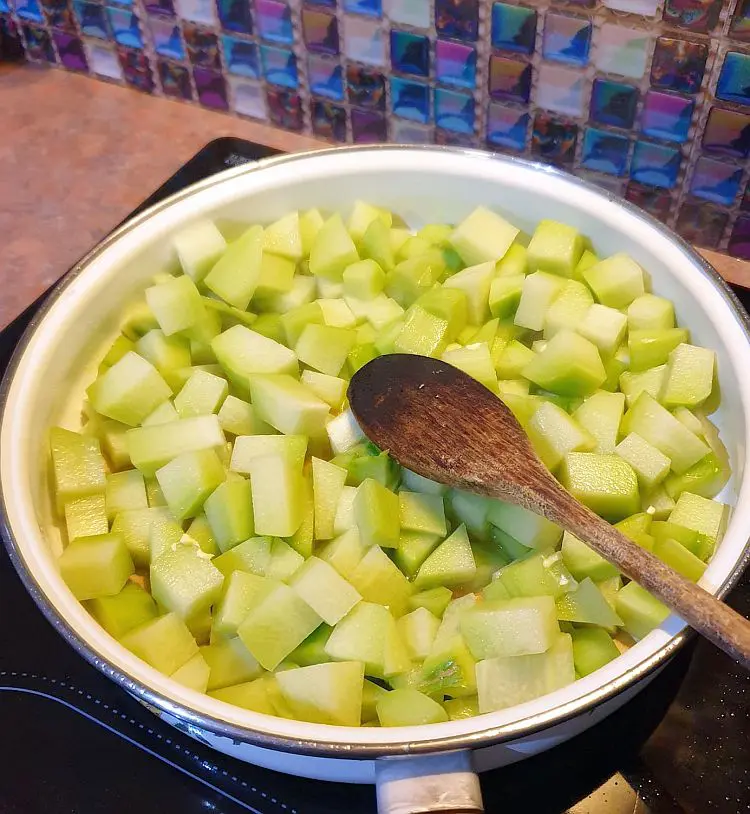
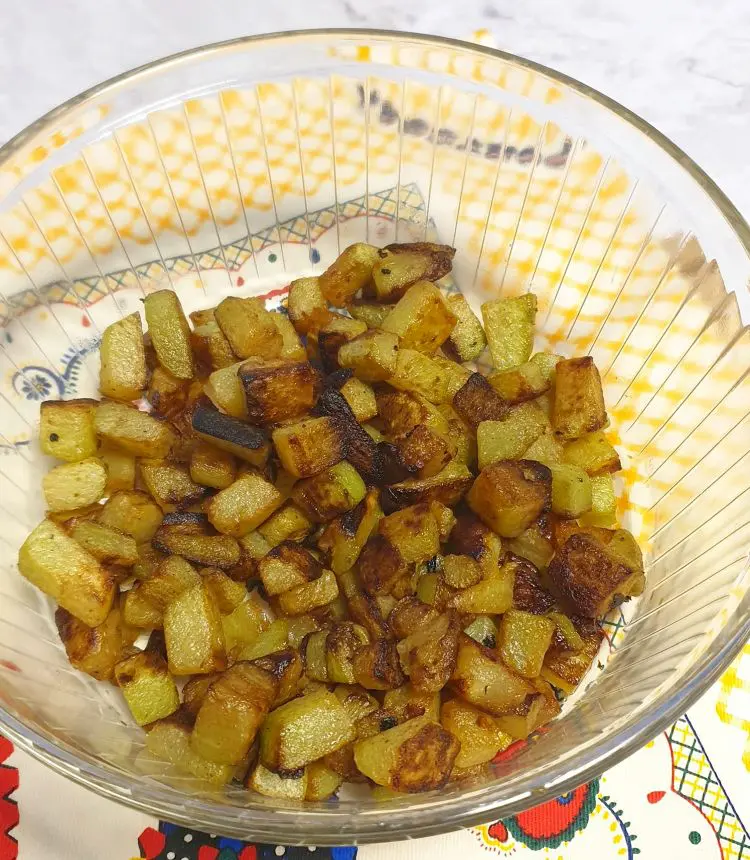
Warm the butter in the large frying pan then add the choko. Cook gently until lightly golden & softened, 15-20 minutes. Season if desired & stir/turn regularly.
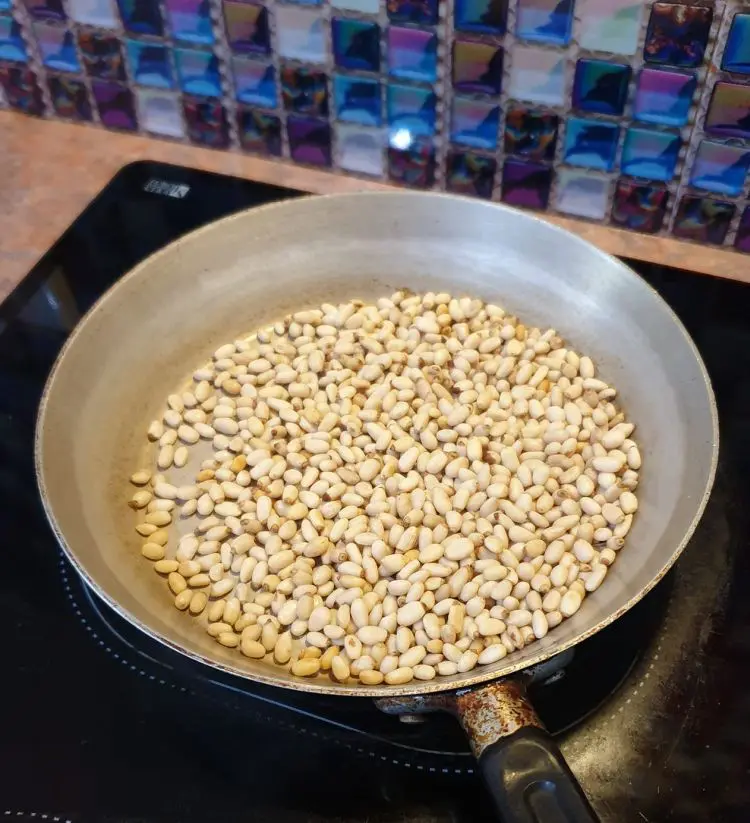
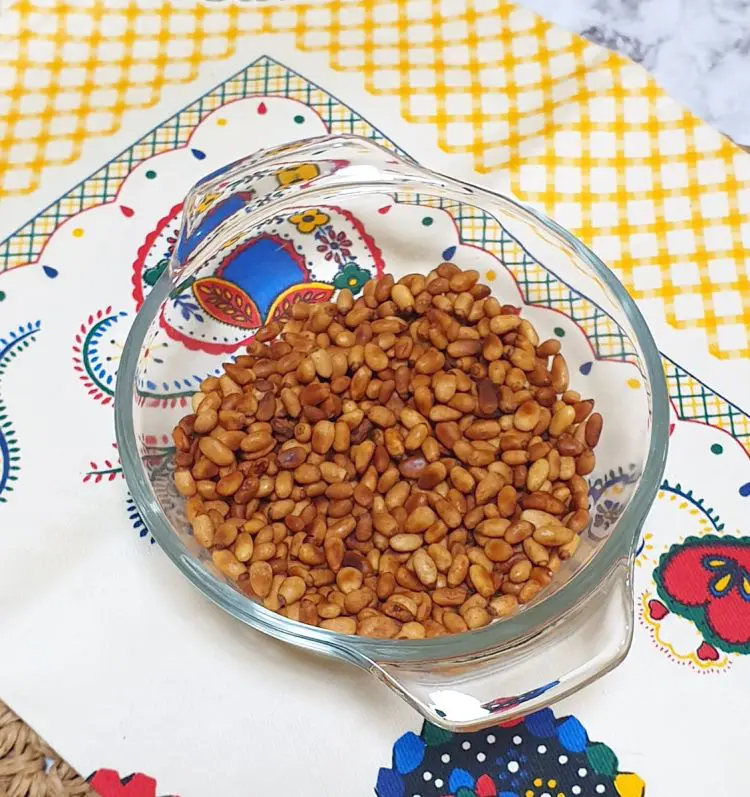
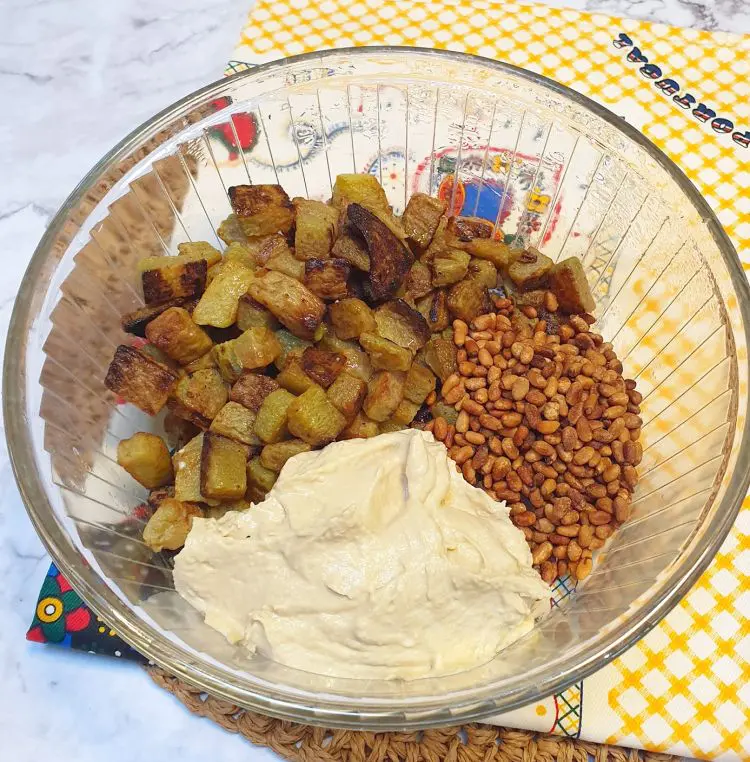
While the choko is cooking, dry-fry the pine nuts separately, until they are golden. Chop the parsley and cut then juice the lemon. Mix the lemon juice, hommous, choko and nuts together in a mixing bowl. Arrange in a serving bowl with rocket and lemon wedges.
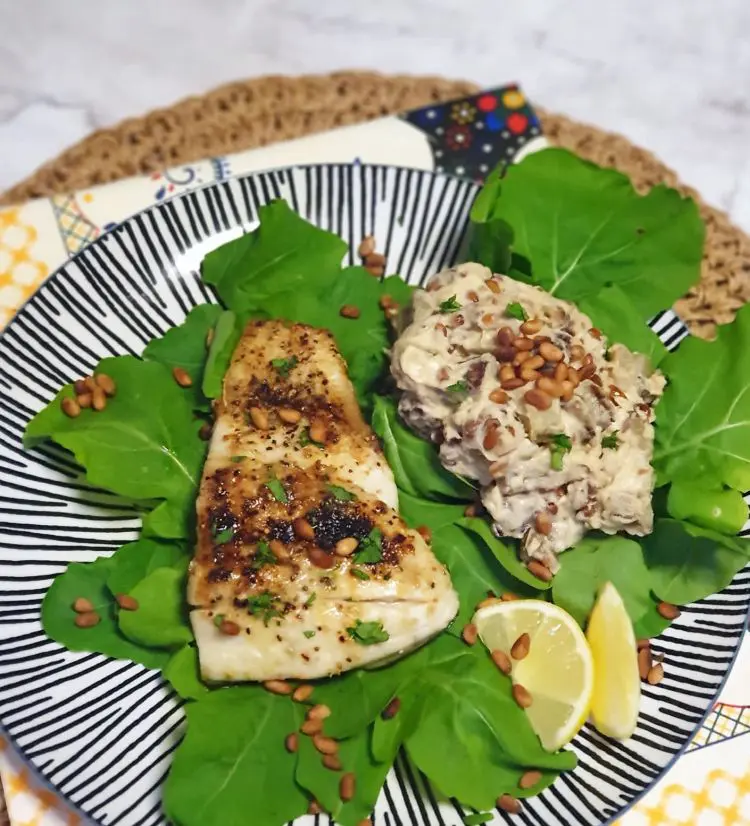
Choko & Roast Pine Nut Side Salad
Equipment
- 1 large frying pan
- 1 small frying pan
- 1 mixing bowl
- 1 juicer
Ingredients
- 3 chokos
- 50 grams butter
- 50 grams pine nuts
- 1 sprig fresh parsley
- 1 lemon
- 375 grams hommous
- 3 stems rocket choose long stems for lining the bowl
- salt & pepper optional, to taste
Instructions
- Peel the chokos them cut them into small cubes, discarding the core (wear gloves to avoid having the sap drying your skin).
- Warm the butter in the large frying pan then add the choko. Cook gently until lightly golden & softened, 15-20 minutes. Season (if desired) & stir/turn regularly.
- While the choko is cooking, dry-fry the pine nuts in a separate small frying pan until golden then set them aside.
- Meanwhile, finely chop the parsley. Cut the lemon in half, then juice one half. Cut the other half into wedges. Wash & dry the rocket stems.
- Once the choko has cooked, remove from heat & set aside. Let it cool for 10 minutes if you have time.
- Mix the choko, lemon juice, most of the pine nuts and the hommous together in a bowl. Serve over rocket & top with the remaining pine nuts & parsley. Add lemon wedges on the side.

